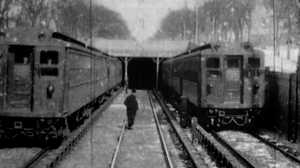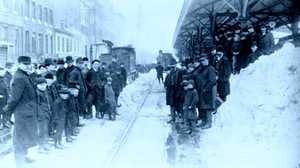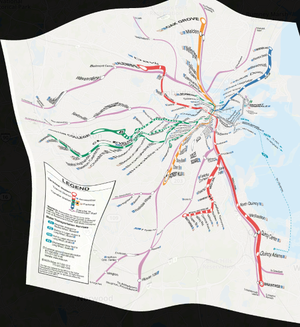Boston in the Early 1900s
From Cradle of Liberty to Cradle of Modern America. Boston is known as a city of many a firsts.
More than a century ago, Boston was bursting at the seams with more than 400,000 people crammed within the confines of less than a square mile of the downtown area. Adding to the congestion, more than 8,000 horses pulled trolleys to transport people and goods. Frustration with these blocked streets and over-crowded streets surface paved the way for the city to pioneer yet another first—the underground transit system.
So what did Boston look like in the early 1900s? And how much has it changed? Below are side-by-side comparisons.
Use the slider to explore how Boston looked then and now.
Quincy Market, a historic market building in downtown Boston. Named in honor of Mayor Josiah Quincy and constructed in 1824–26.
Left: Courtesy of Boston Athenæum Right: Photo by Tsering Yangzom
Tremont Street, Old Granary Burial Ground, the oldest Burial Ground (1660) in Boston and final resting place of Paul Revere
Left: Transit Department photographs, Collection 8300.002, City of Boston Archives, Boston Right: Photo by Tsering Yangzom
Boston Common. Park street subway entrance. Corner of Park street and Tremont street.
Then: Courtesy of Historic New England Now: Photo by Tsering Yangzom
Boston Common, Boylston Subway station.
Left: Courtesy of Historic New England Right: Photo by Tsering Yangzom
Tremont street looking north towards Park Street
Left: Transit Department photographs, Collection 8300.002, City of Boston Archives, Boston Right: Photo by Tsering Yangzom
Washington street, looking towards Old South Meeting House, where the Boston Tea Party began in 1773. Flanked by retail stores, today this section of downtown is primarily pedestrian-only.
Left: Transit Department photographs, Collection 8300.002, City of Boston Archives, Boston Right: Photo by Tsering Yangzom
Published January 31, 2017.









